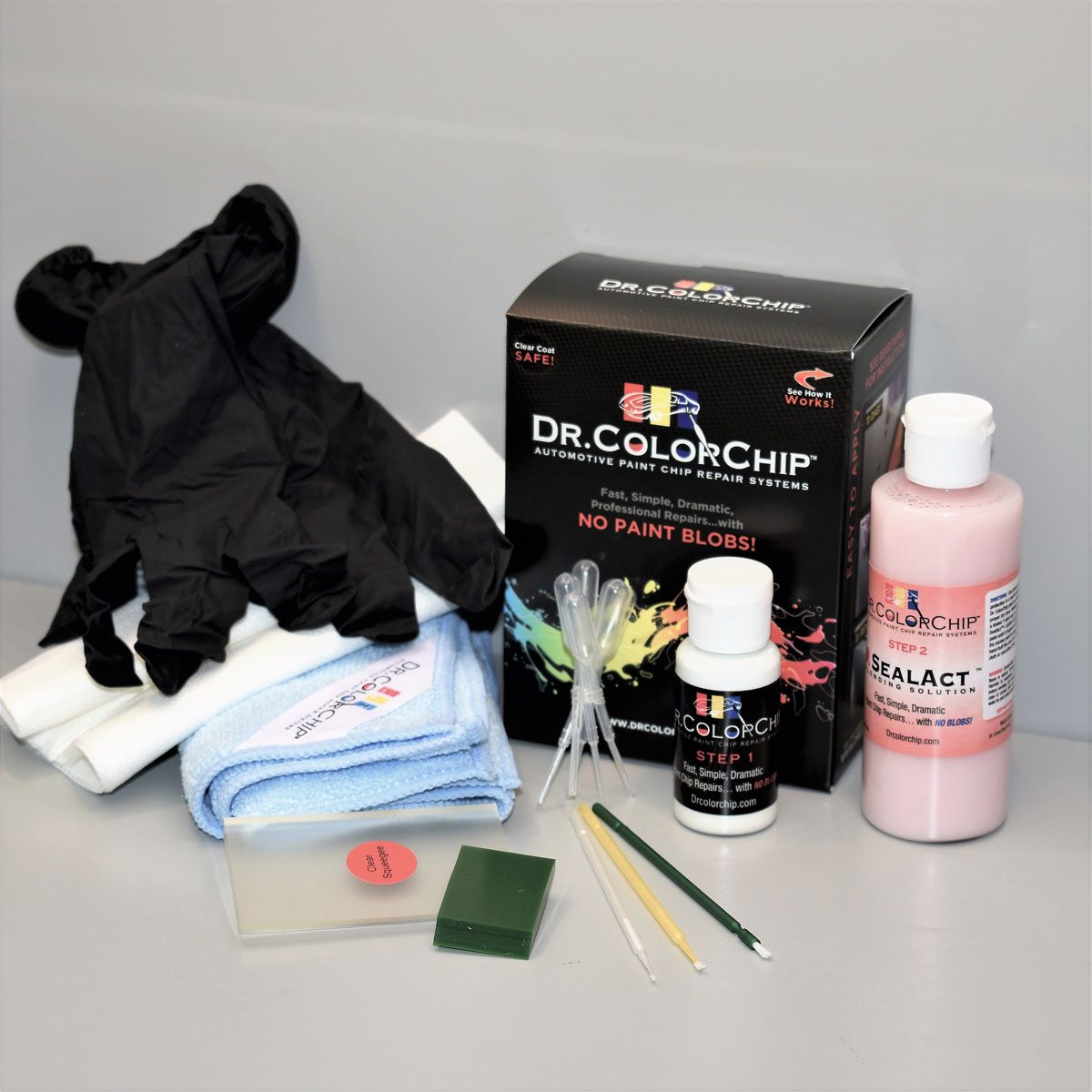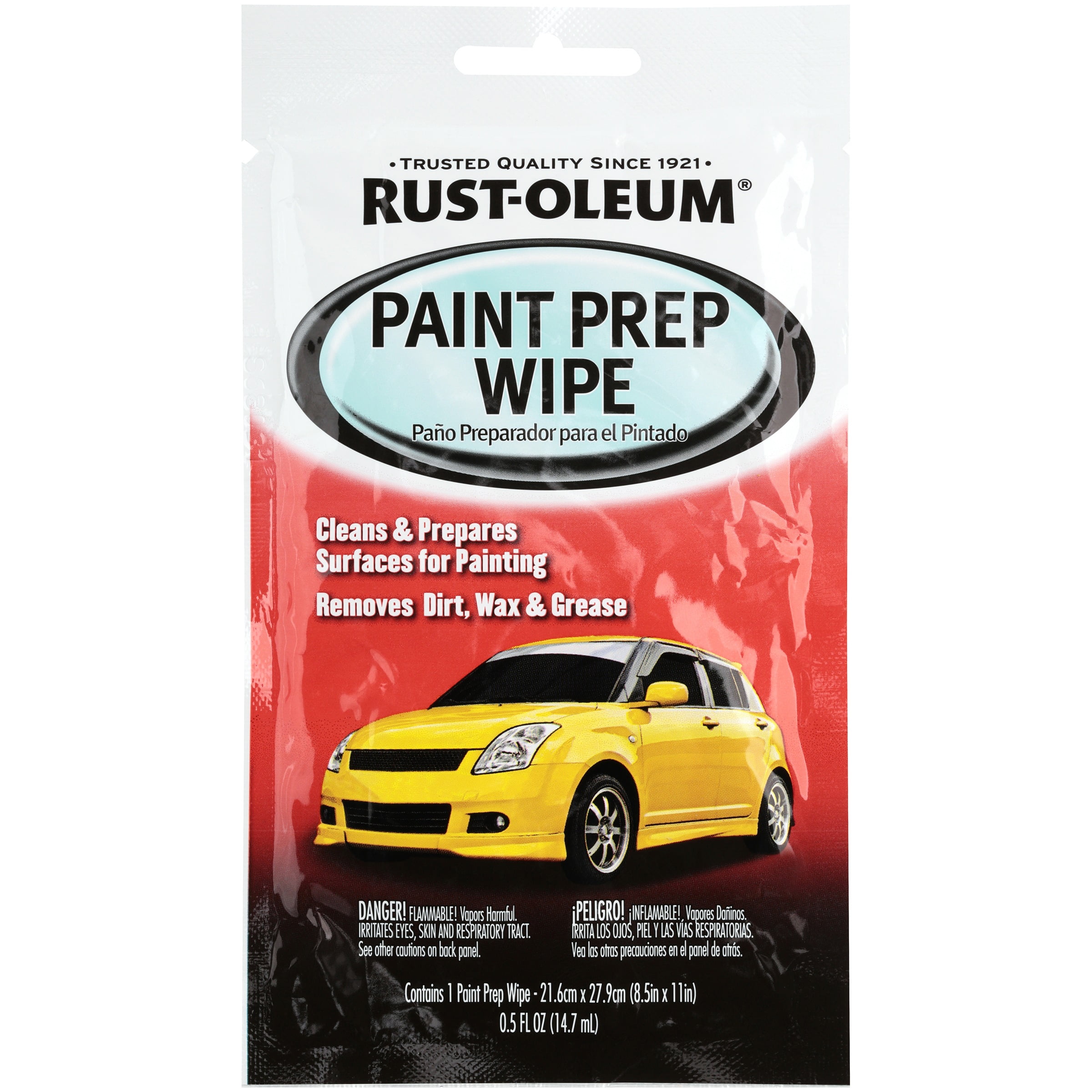Delving into the world of auto paint prep kits, this guide unveils the secrets to achieving a flawless paint finish. From essential components to troubleshooting techniques, we’ll equip you with the knowledge and skills to transform your vehicle’s exterior.
Unveiling the intricacies of auto paint preparation, we’ll explore the essential components of a comprehensive kit, providing a detailed list of necessary tools and materials. We’ll emphasize the significance of using high-quality components for effective paint preparation, ensuring a durable and aesthetically pleasing finish.
Essential Components of an Auto Paint Prep Kit
A comprehensive auto paint prep kit is indispensable for achieving a professional-grade paint job. It consists of essential tools and materials specifically designed to thoroughly clean, smooth, and prime the vehicle’s surface, ensuring optimal paint adhesion and a flawless finish.
The kit typically includes the following components:
Abrasives and Sandpaper
- Sandpaper in various grits (e.g., 120, 220, 320) for sanding and smoothing the surface.
- Abrasive pads or sanding sponges for finer sanding and contouring.
- Sanding blocks to provide a stable and even surface for sanding.
Cleaning Agents
- Automotive degreaser or wax and grease remover to remove contaminants from the surface.
- Clay bar or mitt for removing embedded dirt and impurities.
- Microfiber cloths for wiping and cleaning the surface.
Primers
- Primer-surfacer to fill in scratches and imperfections, creating a smooth base for paint.
- Adhesion promoter to enhance the bond between the primer and the paint.
- Epoxy primer for providing a durable and corrosion-resistant base.
Other Essential Tools
- Masking tape and plastic sheeting for protecting areas not being painted.
- Orbital sander or random orbital sander for efficient sanding.
- Tack cloth for removing dust and debris before painting.
It is crucial to use high-quality components in your auto paint prep kit. Inferior materials may compromise the effectiveness of the preparation process, leading to poor paint adhesion, premature fading, and other issues. By investing in a comprehensive and high-quality kit, you can ensure that your vehicle’s paint job is durable, aesthetically pleasing, and protected against the elements.
Step-by-Step Guide to Auto Paint Preparation
Preparing your car for a new paint job is essential to ensure a smooth, long-lasting finish. Follow these steps to properly prepare your vehicle for painting:
Wash and Decontaminate
Thoroughly wash the car with soap and water to remove any dirt or debris. Use a clay bar or detailing spray to remove any remaining contaminants, such as tar or iron particles.
Sand and Fill
Sand the entire surface of the car with fine-grit sandpaper to smooth out any imperfections. Fill any dents or scratches with body filler and sand them smooth.
In this topic, you find that natural ways to stop hot flashes is very useful.
Prime
Apply a coat of primer to the entire car. This will help the paint adhere better and create a more even finish.
Paint, Auto paint prep kit
Apply multiple thin coats of paint to the car, allowing each coat to dry completely before applying the next. Use a high-quality paint gun or brush for best results.
Clear Coat
Apply a clear coat over the paint to protect it from UV rays and other damage. Allow the clear coat to dry completely before polishing.
Polish
Polish the car to remove any imperfections in the clear coat and bring out the shine. Use a polishing compound and a buffer for best results.
Troubleshooting Common Issues in Auto Paint Preparation
Auto paint preparation is a crucial step in achieving a flawless finish. However, it’s not without its challenges. Here are some common issues you may encounter and practical solutions to overcome them:
Surface Contamination
Dirt, grease, and other contaminants can interfere with paint adhesion. Thoroughly clean the surface using a degreaser and a clay bar to remove all impurities.
Rust and Corrosion
Rust and corrosion can weaken the metal and compromise the paint’s integrity. Use a wire brush or sandpaper to remove the rust, then apply a rust converter to prevent further corrosion.
Uneven Surface
Dents, scratches, and other imperfections can create an uneven surface that affects the paint application. Use a body filler to fill in the dents and smooth out the surface before painting.
Explore the different advantages of homeopathic remedies for hot flashes and night sweats that can change the way you view this issue.
Poor Sanding
Inadequate sanding can leave scratches or swirls in the surface, which can show through the paint. Sand the surface thoroughly with the appropriate grit sandpaper to create a smooth and even base for the paint.
Improper Priming
Primer helps the paint adhere to the surface and provides a uniform base color. Apply multiple thin coats of primer, allowing each coat to dry completely before applying the next.
Techniques for Achieving a Professional Finish
Achieving a professional-looking paint finish on your car requires meticulous attention to detail and the use of advanced techniques. These techniques, employed by experienced professionals, ensure a flawless, durable surface that enhances the overall appearance and longevity of your paint job.
Proper Sanding
Sanding is crucial for preparing the surface by removing imperfections, creating a smooth base for paint adhesion, and promoting even paint distribution. Use a variety of grits, starting with coarse to remove deep scratches and progressing to finer grits for a smooth finish.
Sand in the direction of the grain to avoid cross-grain scratches.
Obtain direct knowledge about the efficiency of strength gaining exercises through case studies.
Precise Masking
Masking protects areas you don’t want to paint, ensuring clean lines and preventing overspray. Use high-quality masking tape and apply it firmly, ensuring no gaps. Cover all trim, windows, lights, and other components that should not be painted.
Priming
Primer provides a foundation for the paint, promoting adhesion and creating a uniform surface. Choose a primer compatible with your paint and apply it in thin, even coats. Allow ample drying time before sanding lightly to remove any imperfections.
Eliminating Imperfections
Inspect the surface for any imperfections, such as dust, debris, or raised areas. Use a tack cloth to remove dust, and sand any raised areas smooth. Fill any dents or scratches with body filler, sand it flush, and prime the repaired area.
Obtain recommendations related to 2020 chevy equinox paint code location that can assist you today.
Ensuring a Smooth Surface
Achieving a smooth surface requires careful sanding and polishing. Sand the primed surface with a fine-grit sandpaper, then polish it with a rubbing compound to remove any remaining imperfections. Finish with a wax or sealant to protect the paint and enhance its shine.
Safety Considerations and Best Practices: Auto Paint Prep Kit
Handling auto paint preparation materials demands utmost caution to ensure a safe and productive work environment. Proper safety measures minimize health risks and optimize the preparation process.
Adequate ventilation is crucial. Open windows or use fans to disperse fumes and prevent inhalation of harmful chemicals. Wear protective gear such as gloves, eye protection, and a respirator to shield against skin irritation, eye damage, and respiratory issues.
Proper Waste Disposal
Dispose of used materials responsibly. Paint and solvents should be disposed of at designated hazardous waste facilities to prevent environmental contamination. Rags soaked in paint or solvents pose fire hazards and should be stored in sealed containers until proper disposal.
Maintaining a Clean and Organized Workspace
A clean and organized workspace promotes safety and efficiency. Keep the work area free of clutter and spills. Regularly clean tools and equipment to prevent cross-contamination and ensure optimal performance.
Final Conclusion
As we conclude our journey into auto paint preparation, remember that meticulous preparation is the cornerstone of a professional-looking finish. By following the steps Artikeld in this guide, you can achieve a flawless paint job that will enhance the appearance and value of your vehicle for years to come.
Essential Questionnaire
What are the essential components of an auto paint prep kit?
A comprehensive auto paint prep kit typically includes sandpaper, masking tape, primer, cleaning supplies, and a tack cloth.
How do I troubleshoot common issues in auto paint preparation?
Common issues include paint peeling, bubbling, and cracking. These can be caused by inadequate surface preparation, poor paint application, or environmental factors.
What are some advanced techniques for achieving a professional finish?
Advanced techniques include wet sanding, color matching, and using a clear coat. These techniques require specialized skills and equipment.



